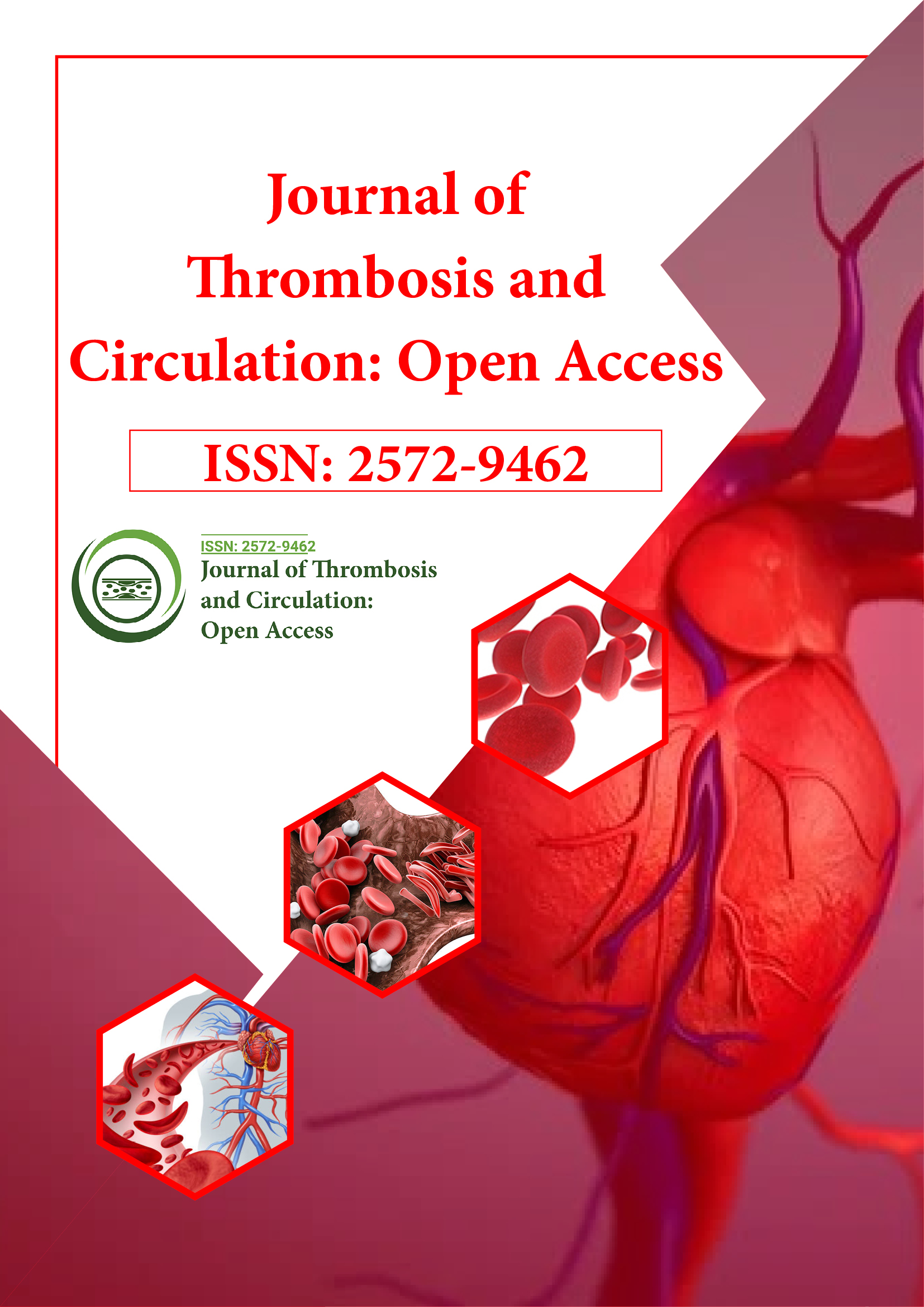Indexed In
- RefSeek
- Hamdard University
- EBSCO A-Z
- Publons
- Google Scholar
Useful Links
Share This Page
Journal Flyer

Open Access Journals
- Agri and Aquaculture
- Biochemistry
- Bioinformatics & Systems Biology
- Business & Management
- Chemistry
- Clinical Sciences
- Engineering
- Food & Nutrition
- General Science
- Genetics & Molecular Biology
- Immunology & Microbiology
- Medical Sciences
- Neuroscience & Psychology
- Nursing & Health Care
- Pharmaceutical Sciences
Opinion - (2025) Volume 11, Issue 1
Clinical Insights of Assessing Platelet Function in Hematological Disorders
Nayeon Choi*Received: 21-Mar-2024, Manuscript No. JTCOA-24-25204; Editor assigned: 23-Mar-2024, Pre QC No. JTCOA-24-25204 (PQ); Reviewed: 07-Apr-2024, QC No. JTCOA-24-25204; Revised: 24-Feb-2025, Manuscript No. JTCOA-24-25204 (R); Published: 03-Mar-2025, DOI: 10.4172/2572-9462.25.11.297
Introduction
Platelets, often referred to as thrombocytes, are small, irregularly shaped cell fragments circulating in the bloodstream, playing a pivotal role in hemostasis, the process of blood clotting. Despite their minuscule size, platelets hold significant importance in maintaining vascular integrity and preventing excessive bleeding. The intricate mechanisms governing platelet function involve a series of orchestrated events that ensure rapid response to vascular injury while maintaining the delicate balance between hemorrhage and thrombosis.Description
Origins and composition: Platelets originate from megakaryocytes, large bone marrow cells responsible for their production through a process called thrombopoiesis. Upon maturation, megakaryocytes release platelets into the bloodstream, where they circulate for about 7 to 10 days before being removed by the reticuloendothelial system.
Structurally, platelets lack a nucleus but contain numerous organelles, including granules, mitochondria, and a cytoskeleton composed of microtubules and microfilaments. These components enable platelets to carry out their diverse functions in response to vascular injury.
Role in hemostasis: The primary function of platelets is to prevent bleeding by forming blood clots at the site of vascular injury. This process, known as hemostasis, involves three main steps: Adhesion, activation, and aggregation.
• Adhesion: Upon encountering a damaged blood vessel, platelets adhere to the exposed subendothelial matrix, facilitated by specific surface receptors such as glycoprotein Ib-IX-V complex and von Willebrand Factor (vWF). This initial adhesion is crucial for stabilizing platelet interactions with the injured vessel wall.
• Activation: Following adhesion, platelets undergo a process of activation, characterized by changes in shape, secretion of granule contents, and expression of surface receptors. Activation is mediated by various agonists, including thrombin, ADP, and collagen, which binds to specific platelet receptors, initiating intracellular signaling cascades.
• Aggregation: Activated platelets release soluble mediators such as ADP and thromboxane A2, leading to the recruitment and activation of additional platelets. This process, known as aggregation, results in the formation of a platelet plug, which seals the site of injury and prevents further blood loss.
Regulation of platelet function: While platelet activation is essential for hemostasis, uncontrolled activation can lead to pathological conditions such as thrombosis and cardiovascular disease. Therefore, platelet function is tightly regulated by a balance of activating and inhibitory signals.
Several endogenous inhibitors, including Prostacyclin (PGI2) and Nitric Oxide (NO), act to limit platelet activation and prevent excessive clot formation. Additionally, circulating inhibitors such as Tissue Factor Pathway Inhibitor (TFPI) and Anti-thrombin III (ATIII) regulate coagulation factors, further modulating platelet activity.
Clinical implications: Understanding platelet function is critical in the diagnosis and management of various hematological disorders and cardiovascular diseases. Platelet function assays, such as aggregometry and flow cytometry, enable clinicians to assess platelet reactivity and tailor treatment strategies accordingly. Moreover, pharmacological agents targeting platelet function, such as antiplatelet drugs (e.g., aspirin, clopidogrel) and glycoprotein IIb/IIIa inhibitors, play a central role in preventing thrombotic events in patients with atherosclerotic disease and acute coronary syndromes.
Conclusion
Platelets play a multifaceted role in hemostasis, contributing to vascular integrity and preventing excessive bleeding. Understanding the complex mechanisms underlying platelet function is essential for the diagnosis and management of various hematological and cardiovascular disorders. By unraveling the intricacies of platelet biology, researchers aim to develop novel therapeutic strategies aimed at modulating platelet activity and reducing the burden of thrombotic diseases.
Citation: Choi N (2025) Clinical Insights of Assessing Platelet Function in Hematological Disorders. J Thrombo Cir. 11:297.
Copyright: © 2025 Choi N. This is an open-access article distributed under the terms of the Creative Commons Attribution License, which permits unrestricted use, distribution and reproduction in any medium, provided the original author and source are credited.
